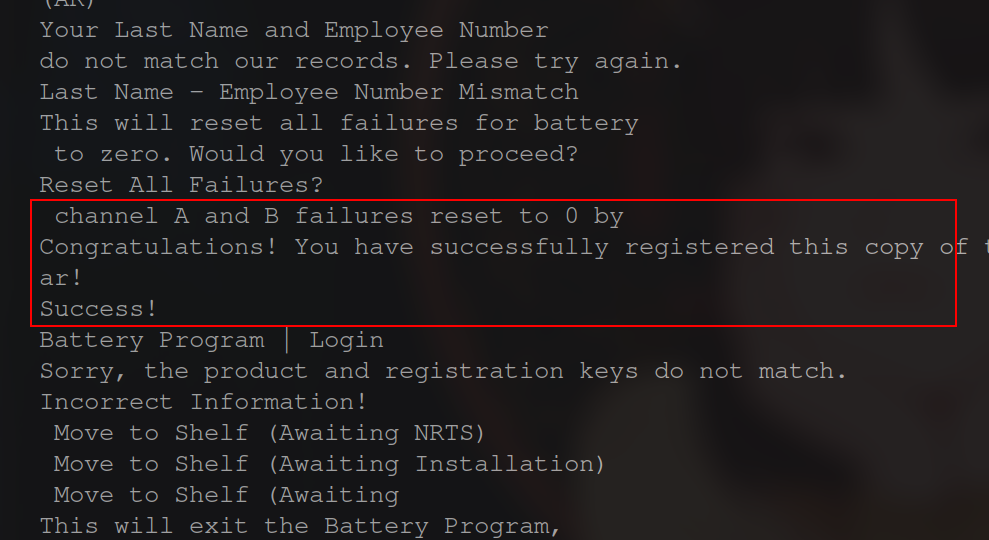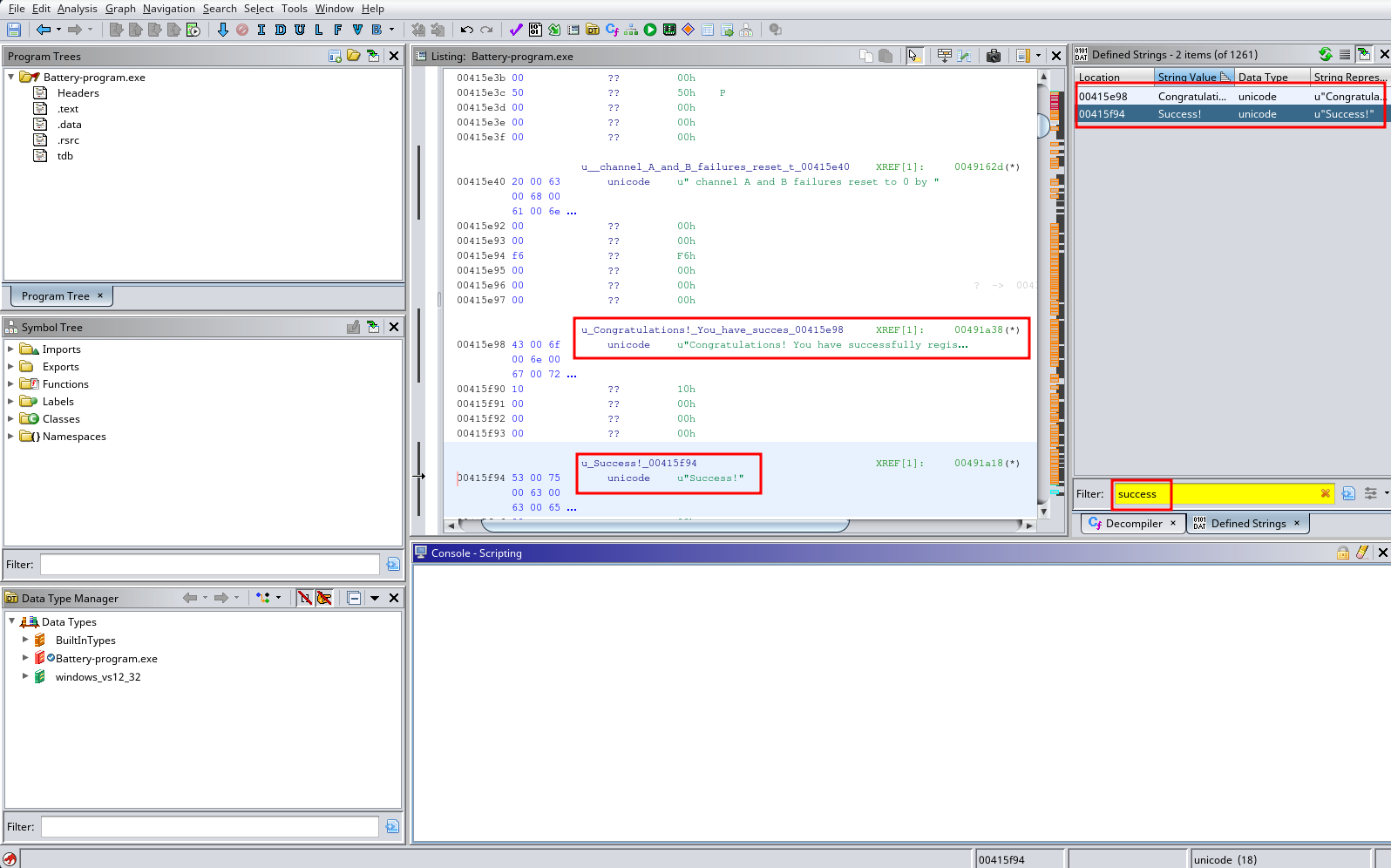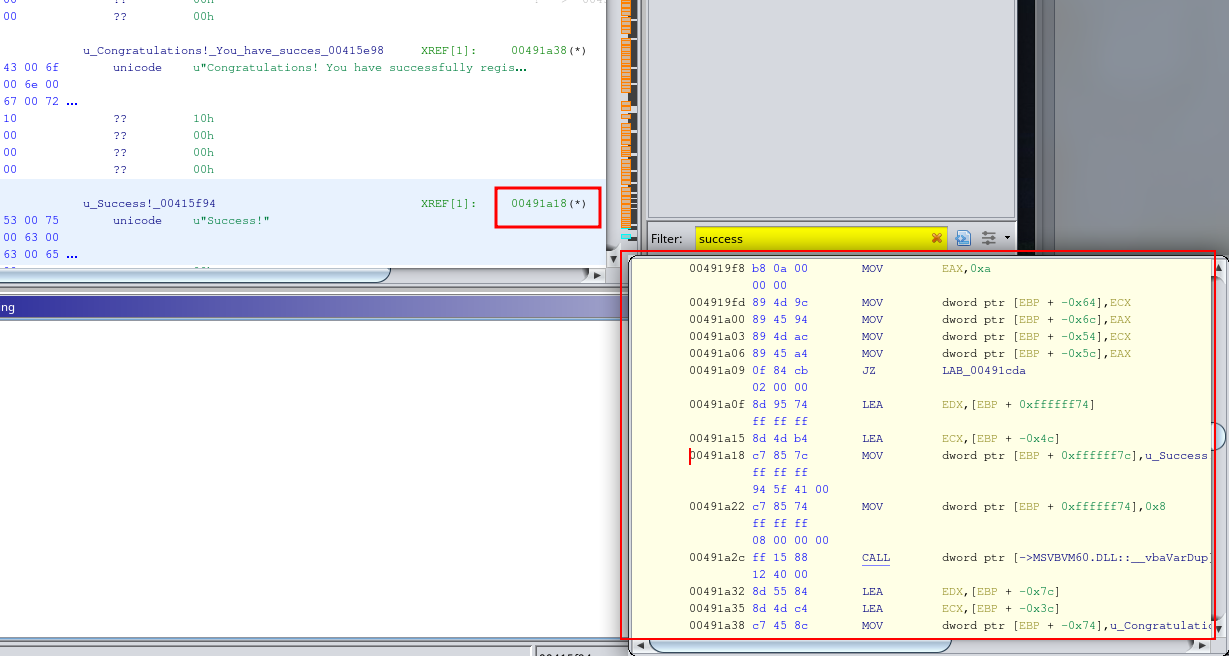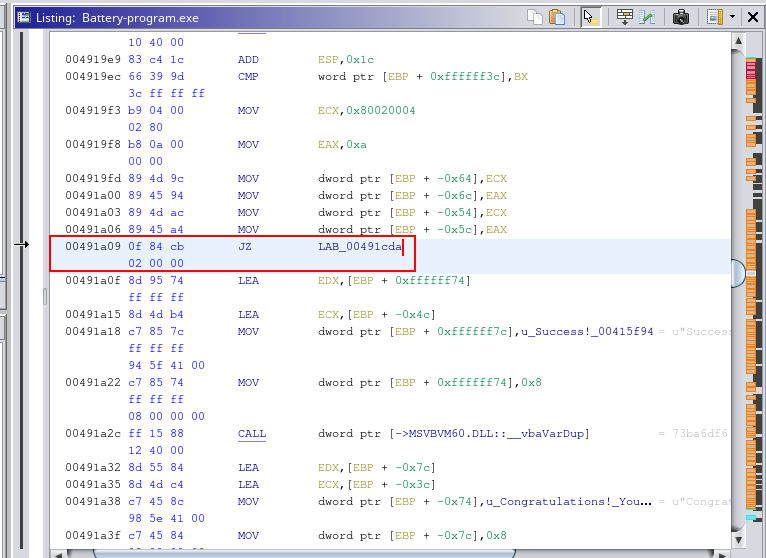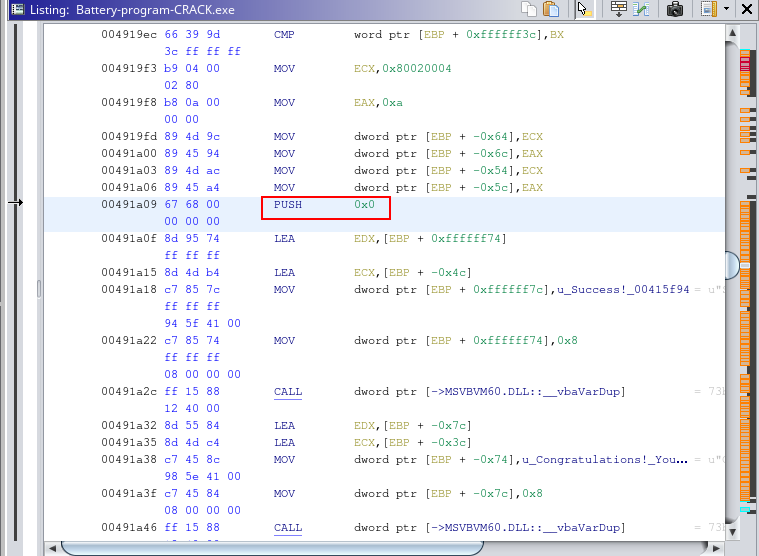Binary Reverse Engineering (Cracking inhouse software)
Where have i been?
First apologies for the 4 month hiatus. Family things you know. Any who on to the main course!
Binary Reverse Engineering
In this post, I’ll be going over the process I used to reverse engineer a program I was given at work. Unfortunately I can only show select screenshots from the process due to confidentiality purposes.
The program was an old in-house build from over a decade ago, running on a Windows 7 PC in a corner. The person who had made it abandoned it after locking it, out of spite as a last “Screw you” to their supervisor.
The issue was that a patch was pushed to the program, requiring a registration key upon execution and not allowing users to log in. For the past decade, the shop had been reduced to using Excel and a notepad for logging and monitoring the in-house job. When I came in, I was told about this program that would automate the entire job and track everything.
I offered to take a look at the program and see if I could do anything about it. I had no experience whatsoever in reverse engineering or messing with assembly or coding in C. It was a full-on “unknown unknown” for me. Between family life, work, and studying, I poked around and tried different things with the program. Here was my general workflow over a year on what I did.
First, I pulled a copy of the program from work. Then, I ran strings on the program using different encoding methods to see if anything would come out. I saw no hard-coded registration key tho I did find a few helpful strings.
Seeing these I figured that their is a way to bypass the check somehow for the key and the credentials for the Admin user was “12345”.
Armed with this, I proceeded in finding out how this would work. I heard about Ghidra and how it is used to reverse engineer programs. I instantly tried to run this against it, but I was completely lost and had no idea what I was doing.
Over time, I fiddled around and explored the different functions and what all I could do. I learned how to filter the strings and look through functions, etc. However, I had never coded in C other than an Arduino script for a few robotics projects, and I had never looked at or messed with assembly in my life.
After mindlessly looking through the assembly and functions that Ghidra was able to parse out, I remembered from the strings command earlier that I saw some things that were describing a registration key, and completing the registration. I thought to myself, “I found it!!” and then had no idea where to go from there.
When hovering over the calls it showed me the function associated with it.
Clicking it it brought me to that section of the code and i began to look around and try and make sense of it.
After watching a few YouTube videos, I learned that there was a way to edit the command to have it execute different things. Again, I had no idea how to write assembly or really read it. I just used context clues as to what things might mean and from prior experience with software development, web exploitation and using null bytes, I figured this could work here.
I tried it on multiple different calls, exporting the program each time, attempting to run it and see if I had done it. After the 8th or 20th attempt at changing the calls to “PUSH 0x0,” which I thought was a null input, I found the correct part in memory that does the validation and successfully bypassed the registration key check, enabling the program to finally be used.
I had to change this :
To this :
I know the better solution would be to rewrite a new management software. However, as the system is fully offline and there is no viable threat, it will be fine. Plus, this gave me a whole new skill to learn more about, along with massive respect from higher-ups.
This concludes my overview of cracking some old in-house software.
EDIT: After a few days of them trying to use it. They found out that it was to outdated and buggy in how it worked. I ultimately got recruited to rewrite similar software from scratch. Write-up coming soon on my process!
